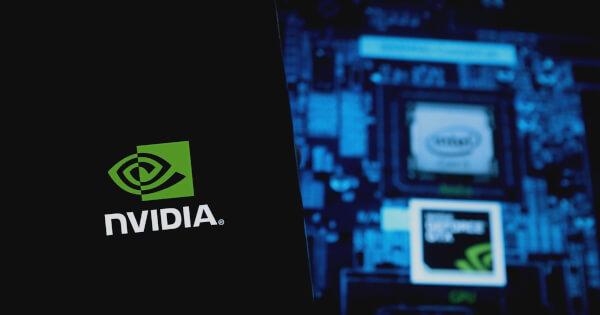[ad_1]
Ted Hisokawa
Mar 04, 2025 08:58
A brand new AI mannequin, Atlantes, developed by Ai2, enhances monitoring of worldwide fisheries and wildlife, aiding conservationists in defending pure assets from unlawful actions.

Progressive AI Mannequin Targets Illicit Fishing
In a groundbreaking improvement for conservation efforts, researchers have launched an open-source AI mannequin named Atlantes, designed to observe world seafaring vessels. Developed by the Allen Institute for AI (Ai2) in Seattle, this mannequin goals to fight unlawful fishing by analyzing over 5 billion GPS indicators each day from roughly 600,000 ocean-going vessels, in line with NVIDIA.
Excessive Accuracy and Actual-Time Alerts
Atlantes boasts a formidable prediction accuracy of round 80% in figuring out a vessel’s exercise. Built-in into Ai2’s Skylight maritime monitoring platform, it will probably alert authorities inside quarter-hour of detecting potential unlawful fishing actions. This functionality was demonstrated when Argentina’s Navy intercepted and fined a vessel for unlawful fishing, following an alert from Skylight.
Technological Spine of Atlantes
The AI mannequin, consisting of 4.7 million parameters, is constructed on NVIDIA H100 Tensor Core GPUs and PyTorch. It processes Automated Identification System (AIS) information, which is necessary for many vessels, from January 2022 to June 2024. The coaching concerned maritime consultants annotating over 15 million indicators to boost the mannequin’s precision.
Wider Implications for International Fisheries
Unlawful, unreported, and unregulated (IUU) fishing prices the worldwide economic system as much as $23 billion yearly, accounting for about 20% of the world’s fisheries catch, in line with the Monetary Transparency Coalition. Significantly affected are African waters, the place native communities closely rely upon fishing for sustenance and employment.
Extending AI to Wildlife Conservation
Ai2 plans to broaden using Atlantes past maritime purposes, integrating it with EarthRanger, a platform that aggregates information from varied sources to observe wildlife. This contains monitoring elephants, rhinos, and wild canines to mitigate human-wildlife conflicts. The system will probably be skilled to foretell elephant conduct, serving to cut back clashes between elephants and farmers.
Future Prospects and Conservation Impression
By using in depth datasets of elephant actions, Ai2 goals to handle human-wildlife conflicts proactively. Jes Lefcourt, director of EarthRanger, emphasised the potential to save lots of elephant lives by predicting their actions and stopping conflicts with people.
The infrastructure supporting the classification of fishing vessels can also be relevant to predicting elephant conduct, showcasing the flexibility of AI in conservation. This revolutionary method might considerably improve the safety of pure assets and biodiversity worldwide.
Picture supply: Shutterstock
[ad_2]
Source link




